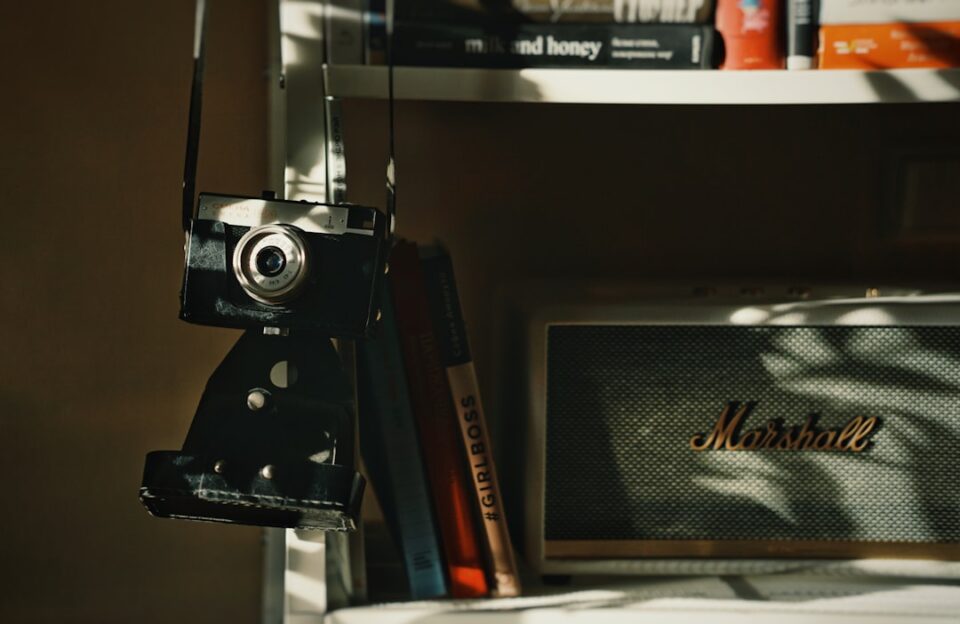If you have ever had an interest in model trains, chances are you have dreamed of creating your very own model train set. Building a model train set is not only a fun and exciting hobby, but it can also be a great way to unleash your creativity and immerse yourself in a world of miniature trains, landscapes, and buildings.
To help you get started on your journey to building a model train set, we have put together a comprehensive guide that covers everything from choosing the right scale and track to creating realistic scenery and operating your trains. So, grab your conductor’s hat and let’s get started!
Choosing the Right Scale: The first step in building a model train set is to choose the right scale for your layout. Scale refers to the proportion of the model train to the real-life train it represents. The most popular scales for model trains include HO scale (1:87), N scale (1:160), O scale (1:48), and G scale (1:22.5).
When choosing a scale, consider the amount of space you have available, your budget, and the level of detail you want to achieve. HO scale is the most commonly used scale for model trains due to its balance of detail and size, while N scale is ideal for those with limited space. O scale and G scale are larger scales that are perfect for outdoor layouts.
Selecting the Right Track: Once you have chosen a scale for your model train set, the next step is to select the right track. There are several types of track available, including flextrack, sectional track, and turnouts. Flextrack is flexible and can be shaped to create unique track layouts, while sectional track comes in pre-formed pieces that are easy to assemble.
When choosing track, consider the radius of curves, the number of cars your trains will pull, and the type of scenery you want to create. For beginners, it is recommended to start with a simple oval or figure-eight layout to get a feel for how the trains operate and to practice basic track laying techniques.
Building Realistic Scenery: One of the most rewarding aspects of building a model train set is creating realistic scenery for your layout. From mountains and rivers to buildings and trees, there are endless possibilities for bringing your model train set to life.
To create realistic scenery, start by planning the layout of your landscape and deciding on a theme for your train set. Research different techniques for building mountains, valleys, and bodies of water, and experiment with materials such as foam, plaster, and painted paper to create texture and dimension.
Once you have built the basic landscape, add details such as trees, shrubs, and buildings to enhance the realism of your layout. Consider using scale figures and vehicles to add a sense of scale and movement to your scene. Don’t be afraid to get creative and experiment with different techniques to achieve the look you desire.
Operating Your Trains: After you have laid the track and built the scenery for your model train set, it’s time to start operating your trains. Before running your trains, make sure to clean the track and wheels of your trains to ensure smooth operation. Use a track cleaner or a piece of sandpaper to remove any dirt or debris that may be causing your trains to stall or derail.
Once your track is clean, power up your controller and start running your trains. Experiment with different speeds and directions to get a feel for how your trains operate on the track. Be mindful of any potential obstacles or sharp curves that may cause your trains to derail, and adjust your speed accordingly.
As you become more comfortable operating your trains, consider adding additional features such as sound effects, lighting, and automation to enhance the realism of your layout. Many model train sets come with accessories such as buildings, bridges, and signals that can be added to create a more dynamic and interactive environment.
Maintaining Your Model Train Set: To keep your model train set running smoothly, it is important to regularly maintain and clean your trains, track, and scenery. Inspect your trains for any loose parts or worn wheels, and lubricate moving parts such as gears and axles to prevent wear and tear.
Clean your track regularly to remove dust and dirt that can interfere with the electrical conductivity of the track. Use a track cleaning car or a piece of cloth soaked in rubbing alcohol to remove any buildup that may be causing your trains to stall or derail.
Finally, protect your model train set from dust and debris by storing it in a clean, dry environment when not in use. Cover your trains and track with a dust cover or plastic wrap to prevent damage and ensure that your model train set remains in pristine condition for years to come.
In conclusion, building a model train set is a rewarding and fulfilling hobby that allows you to unleash your creativity and immerse yourself in a world of miniature trains, landscapes, and buildings. By following this guide and taking the time to plan, design, and operate your model train set, you can create a unique and captivating layout that you will be proud to showcase to friends and family.
So, what are you waiting for? Roll up your sleeves, grab your conductor’s hat, and start building your very own model train set today!

